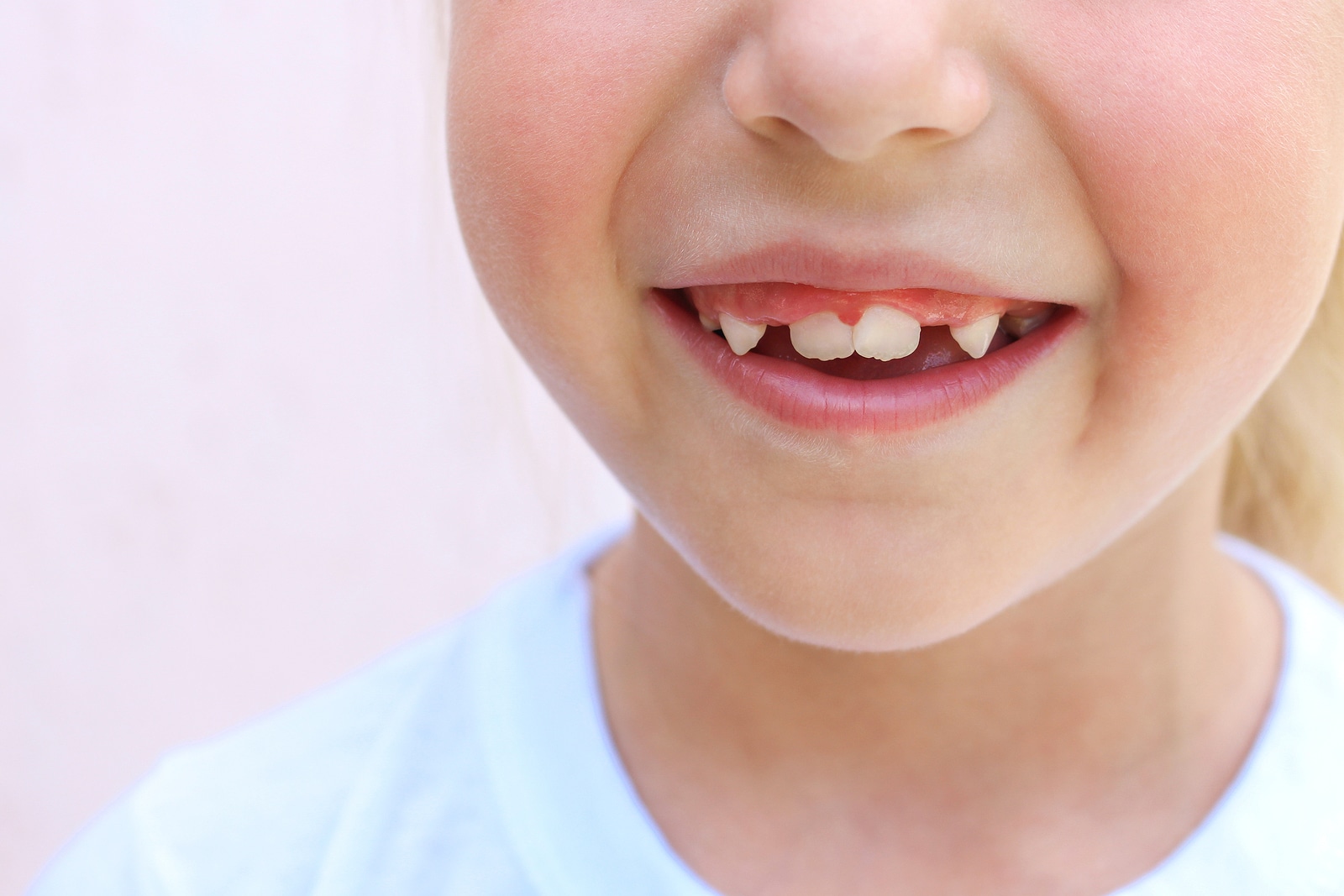Do Overlapping Teeth Get Worse Over Time
Author : Dentalclinic | Published Date : 25-05-26
Many people wonder, do overlapping teeth get worse over time, especially when the condition appears mild at first. The reality is that without proper care or intervention, Overlapping Teeth can indeed progress and create further oral health issues. As time passes, crowding can increase, alignment can shift, and complications may arise that affect both function and appearance.
Why Overlapping Teeth Can Gradually Worsen?
Overlapping teeth are rarely static. Several natural and external factors can cause them to shift further out of alignment over time:
-
Teeth continue to move throughout life, even after adolescence
-
Jawbone density and structure change with age, altering alignment
-
Missing teeth or dental extractions can cause neighboring teeth to shift
-
Habitual grinding, clenching, or chewing patterns affect position
-
Untreated overlap often leads to crowding of adjacent teeth
These changes tend to happen slowly but become more noticeable as they compound over the years.

Oral Health Risks of Progressive Overlapping:
When overlapping teeth worsen, it can impact more than just the appearance of your smile. Your overall oral health may be at risk:
-
Tight overlapping areas are harder to clean, increasing plaque buildup
-
Crowding raises the risk of cavities and gum disease
-
Uneven bite pressure may lead to enamel wear and jaw pain
-
Inflamed or receding gums can develop due to misalignment stress
-
Bad breath and tartar can become persistent issues
Addressing mild overlap early can prevent more serious dental problems in the future.
Factors That Accelerate Tooth Overlap:
Some behaviors and conditions may accelerate the progression of overlapping teeth, making early intervention even more crucial:
-
Not wearing a retainer after orthodontic treatment
-
Thumb sucking or tongue thrusting in childhood and beyond
-
Jaw clenching or teeth grinding during sleep
-
Loss of back teeth that shifts the front teeth forward
-
Natural bone loss associated with aging or gum disease
Awareness of these risk factors helps in slowing or stopping further shifting of the teeth.
Prevention and Early Management Strategies:
Even if your overlapping teeth are currently mild, proactive steps can prevent them from worsening:
-
Use a retainer consistently if you’ve had orthodontic treatment
-
Visit your dentist regularly for early signs of shifting
-
Practice excellent oral hygiene to maintain gum and bone health
-
Address harmful habits like bruxism with a mouthguard
-
Consider space maintainers or partial dentures if teeth are missing
Early awareness and intervention can prevent the need for more extensive treatment later on.
When to Consider Orthodontic Correction:
If Overlapping Teeth Treatment begin to affect your bite, health, or confidence, orthodontic treatment may be the best solution:
-
Clear aligners or braces can gradually shift overlapping teeth into place
-
Veneers or contouring may help in minor cosmetic cases
-
Dental expansion appliances can create more room in crowded mouths
-
Surgical options are available in severe jaw misalignment cases
-
Consulting an orthodontist early helps avoid long-term complications
Correcting the issue sooner rather than later not only improves aesthetics but also safeguards your dental health for the future.
So, do overlapping teeth get worse over time? Yes, they often do—especially if left untreated. As alignment continues to shift and oral health becomes harder to maintain, problems can compound and lead to more serious concerns. The best approach is to monitor, manage, and when needed, correct overlapping teeth early to maintain a functional, healthy, and confident smile.

